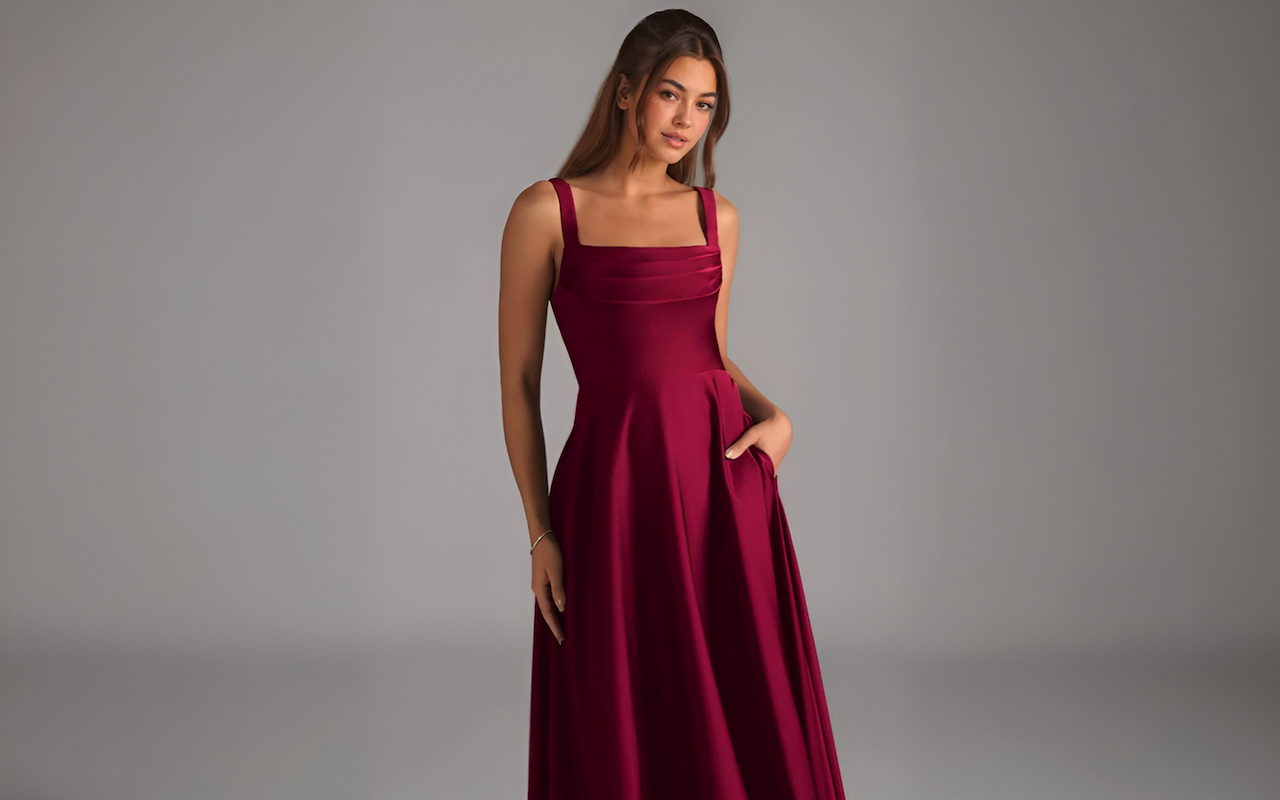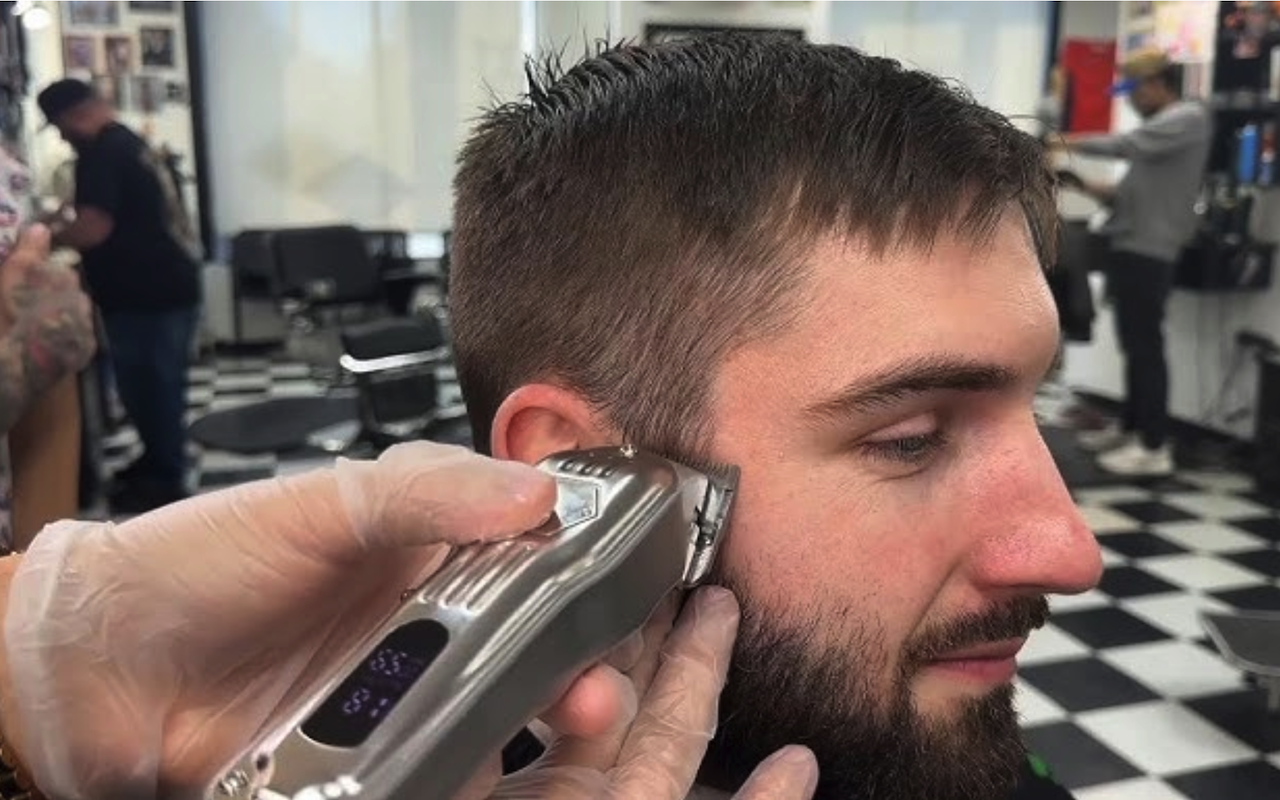
In the bridal industry, “sample size” has long dominated design and production, often overlooking body diversity. In recent years, a shift toward inclusivity has reshaped expectations, emphasizing that every body deserves comfort, beauty, and confidence on the wedding day.
Many modern bridalwear labels now adopt plus-size promises—policies that ensure extended sizing, custom measurements, and equal pricing for all, particularly within their bridesmaid collections. These initiatives reflect a broader movement toward accessibility and body-positive representation across the fashion sector.
What Inclusive Bridesmaid Design Looks Like
Contemporary designers increasingly embrace three guiding principles:
- Full size ranges: Availability commonly extends from sizes 0–30, often paired with free or low-cost custom sizing to accommodate all shapes and heights.
- Equal pricing: More collections are adopting a single price point across all sizes, challenging the industry’s history of surcharges for larger patterns.
- Representative design process: Dresses are now tested and modeled across multiple body types to refine pattern grading and achieve consistency in fit.
Challenges and How the Industry Is Addressing Them
| Industry Challenge | Inclusive Response |
|---|---|
| Limited size ranges (0–16 typical) | Broader size ranges (0–30) + made-to-measure options |
| Fit inconsistency between straight and plus patterns | Separate pattern grading for each range |
| Higher prices for extended sizes | Uniform pricing across all sizes |
| Lack of accessible try-on options | Home try-on or sample programs with full size range |
| Limited model diversity | Campaigns featuring various body types, skin tones, and heights |
Designing for Every Body

Inclusive bridesmaid design is grounded in fit science rather than simple resizing. Patternmakers use multi-fit prototypes and individualized grading to ensure that each silhouette flatters real human proportions.
Common construction features now found in modern inclusive designs include:
- Supportive structures: Hidden corsetry or internal boning for comfort and shape.
- Flexible materials: Fabrics such as chiffon, stretch satin, and velvet blends that move naturally with the wearer.
- Adjustable elements: Convertible straps, tie-backs, and wrap designs that allow personalized comfort.
- Practical details: Breathable linings, anti-slip edging, and smooth finishes that enhance wearability throughout long events.
The outcome is attire that looks elegant and feels supportive—whether sitting, dancing, or walking down the aisle.
Mix-and-Match Flexibility
Many collections now feature mix-and-match bridesmaid programs, where fabrics, necklines, and fits can be chosen independently but remain color-coordinated. This approach allows each participant to select a style that suits their preference while preserving visual unity for the ceremony.
Popular pairings include:
- Dusty Sage + Chiffon: Soft and romantic for spring and outdoor venues.
- Black + Stretch Satin: Timeless and sophisticated for evening formality.
- Emerald + Velvet: Luxurious and textured for autumn or winter weddings.
Every color story and silhouette is intended to maintain consistency across all available sizes.
Custom Sizing and Made-to-Measure Accessibility
Instead of relying solely on standard sizing charts, many platforms now offer online made-to-measure tools. This form of made-to-measure tailoring online lets users input basic measurements such as bust, waist, hips, height, and hollow-to-floor length, after which garments are produced to those specifications.
Benefits include:
- Reduced need for post-purchase alterations.
- Greater accuracy in fit across all size categories.
- More sustainable production with minimal fabric waste due to made-to-order processes.
Home Try-On and Color Sampling

A growing number of companies allow customers to order sample dresses in various styles and sizes to test fit and comfort at home. This approach removes the stress of limited in-store selections, providing a more private and flexible decision process.
Additional tools such as free fabric swatches, fit guides, and visual color palettes further enhance accessibility and confidence during the selection phase.
Conclusion
The move toward inclusive bridesmaid design signals more than a size expansion; it marks a cultural shift. By integrating body diversity into design, patternmaking, and presentation, the modern bridal industry continues to evolve toward a standard that celebrates authenticity over uniformity.
Every participant in a wedding party deserves to feel confident and represented. Inclusive design ensures that celebration, comfort, and self-expression belong to everyone—on every aisle, in every size.



Comments (0)
No comment